The Future of AR in FMCG Packaging: Enhancing Consumer Engagement
Once upon a recent time, the idea of talking boxes and singing soda cans was the stuff of sci-fi—now, thanks to augmented reality (AR), they're as real as the morning rush for the local train. Now, we're embarking on a journey where packaging isn't just packaging; it's a mini entertainment box, a personal shopper, a storyteller that fits right into your palm; it's a gateway to a magical world.
Imagine you’re strolling down the aisle of your local store, and the packaging of your favourite biscuit whispers sweet nothings to your smartphone. Next thing you know, you're watching a fun, animated story about how these delightful treats made their journey from a cozy factory to your heart. That's AR in action — turning everyday shopping into an interactive experience.
Let’s explore how AR is set to change FMCG packaging design and why it might just be the twist in the tale for consumer engagement. To get a hang of things, let's start with some real-life brand examples.
- Jack Daniel’s AR Experience Packaging
First up, we have Jack Daniel’s Tennessee Whiskey, which decided that just getting you tipsy wasn't enough; they wanted to educate you too. They've introduced an AR app that turns their bottle labels into pop-up book-style dioramas. Picture this: you’re sipping your whiskey, you scan the label, and voila – you're learning about Jack Daniel and the whiskey-making process in the most interactive way possible. This isn't just a label; it's a storytelling masterpiece that makes you feel like you're part of the 150-year-old brand's history, all while possibly questioning your ability to focus on the details as your glass empties.
- Kellogg's "Minecraft" AR Cereal Boxes
Moving on, Kellogg's, in collaboration with "Minecraft," turned breakfast into a game level with their AR cereal boxes. Kids (and let's be honest, adults too) can interact with virtual "Minecraft" characters and environments by just scanning the box. Suddenly, spooning in that cereal became as important as mining for diamonds in the game. This genius move not only captured the hearts of the younger demographic but also made parents the coolest sidekicks for bringing home the magic.
- Coca-Cola's "Share a Coke" AR Labels
Coca-Cola took their "Share a Coke" campaign to a whole new level with AR labels that, when scanned, triggered personalized experiences. Imagine scanning a Coke bottle and watching a personalized video message or hearing a song. It turned every Coke into a potential message in a bottle, but instead of being tossed in the ocean, it was shared across social media. This campaign wasn’t just about drinking soda; it was about creating connections, sharing happiness, and, inadvertently, increasing the company's sales as people rushed to find bottles with their names or engage in the AR experience.
- Herbal Essences AR Experience
Herbal Essences decided that if they were going to make you fall in love with their shampoo, they might as well make you an environmental hero in the process. Their AR packaging takes you to an interactive beachscape around the bottle, where you learn about the products and the plastic waste problem. It’s an immersive experience that makes you feel good about the brand, educates you, and even invites you to help clean the virtual ocean.
- Nestlé Milkybar AR-based Packaging
Lastly, Nestlé Milkybar brings the promise of goodness to life with their AR packaging. Targeting children and teenagers, this experience goes beyond just enjoying the white chocolate goodness. Upon scanning, users are treated to a short, customized AR video that not only entertains but also educates about recycling and planting trees. It’s a sweet treat with a sweet message, making every bite a step towards a greener planet.
What do all these examples have in common besides making you reach for your phone as often as the product itself? They've managed to boost social sharing, increase consumer engagement, and enhance sales in ways traditional packaging never could. By turning the mundane act of using a product into an interactive and enjoyable experience, these brands have tapped into the heart of what makes consumers tick: the desire for connection, fun, and, occasionally, a bit of magic.
The possibilities are endless. Say you are a spices brand trying to use AR to its advantage. Your consumer scans the packaging with her phone, and she is greeted with a delightful cooking lesson from a virtual Amma, who shares secret family recipes that one can whip up with your spices. It’s fun, engaging, and she ends up learning something new. Plus, it’s hard to forget the brand that taught you to make that killer dish.
Remember those catchy jingles that get stuck in your head? Now, imagine if those jingles jumped out of the packaging and put on a live concert in your living room. It's hilarious, memorable, and share-worthy — which in today's world, is the golden ticket.
The real triumph of AR, though, is its ability to stir emotions. Brands have the opportunity to forge a deeper connection by creating experiences that resonate personally with the consumer. Imagine scanning a pack of Namkeens and it takes you on a nostalgic journey back to your childhood Diwali celebrations. You're not just buying snacks; you're reliving memories.
Now, implementing AR isn't like flipping a roti on the tawa. It needs investment, tech savviness, and a dash of bravery. There’s the ordeal of ensuring the AR experience is as smooth as the salesman's pitch at a sari shop and making sure it reaches every Rohan and Mohan, not just the tech elite. Depending on your TG, there can also be the challenge of making sure that even Babuji, who's still figuring out WhatsApp, can use it without a hitch.
Augmented Reality is transforming the way brands communicate, engage, and stay in the minds (and hearts) of consumers. As we look to the future, one thing is clear: the FMCG packaging game has changed for good. And in a country that thrives on innovation and 'jugaad,' the possibilities are as endless as the varieties of curry in India. So, brace yourself for a shopping experience that's about to get as lively as a Bollywood dance number, because AR in FMCG packaging is here to bring the drama, the emotion, and the connection. Lights, camera, interaction!




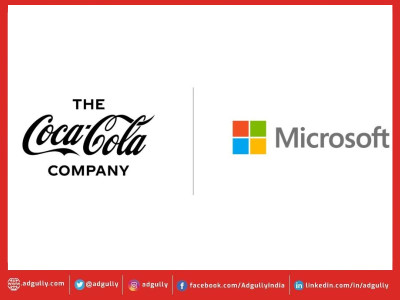

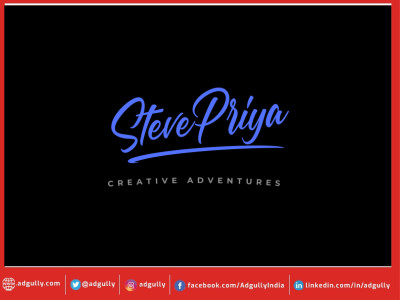



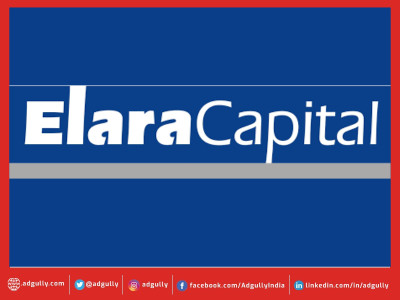

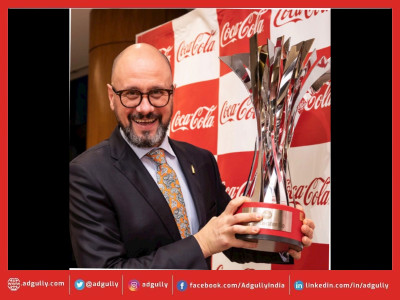
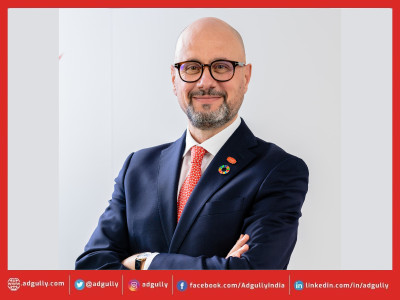



Share
Facebook
YouTube
Tweet
Twitter
LinkedIn